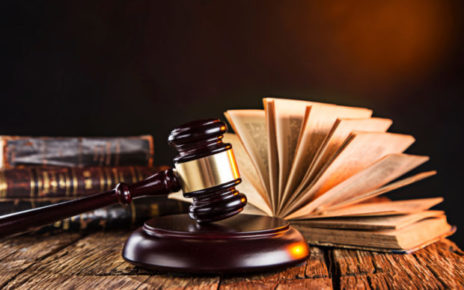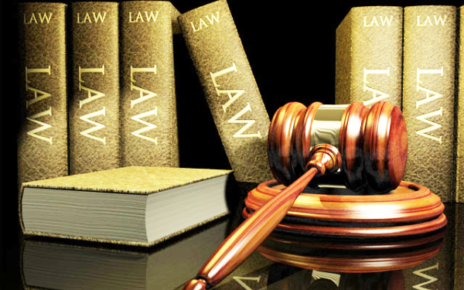Judge Malcolm Simmons
A successful judgment will be one that is clear, well-reasoned, addresses all of the matters in issue, compelling and unimpeachable.
A judgment tells the story. It should be engaging while focusing only on relevant, admissible evidence. The facts should be clearly established in chronological order. Explain clearly why you prefer one version of events to another. Refer to consistent – or inconsistent – evidence; evidence that might be contemporaneous and inherent likelihood.
Time-permitting, prior to trial, a judge should have read the Indictment and written response (if any) of the defendant, reminded him/herself of any agreed facts or admissions and any common ground. S/he should also take the time to read witness statements and other important documents.
A chronology is very useful and forms the skeleton on which the flesh of a structured judgment can be based.

Judges who use a formulaic approach to the structure of their judgments may have more than half of what they will eventually say prepared before closing arguments are made.
Throughout the trial experienced judges will often mark-up important passages in the evidence and cross-reference matters to a separate sheet of paper on which they have begun to formulate the structure of the judgment.
Composing a judgment can be difficult. The key to writing a successful judgment is preparation. There are a number of key points to bear in mind. The Judgment:
- Should be chronological;
- Focus on the real issues;
- Address agreed facts early in the judgment;
- Identify briefly the issues of law and/or fact upon which you are required to decide;
- Ensure that you have summarized the principle submissions of the unsuccessful party;
- Deal with direct evidence of the primary facts and state what inferences can be drawn from his findings on the secondary facts.
- Give reasoned decisions for your findings on those issues of law and/or fact;
- Deal with issues of law – normally in chronological order by reference to the facts in the case. Refer to the authorities.
- Summarise your conclusions on each of the issues that you have decided;
- Be as brief as possible.
When exercising discretion make sure that you say so and identify all factors (both for and against) that you have taken into account in carrying out the balancing exercise.



